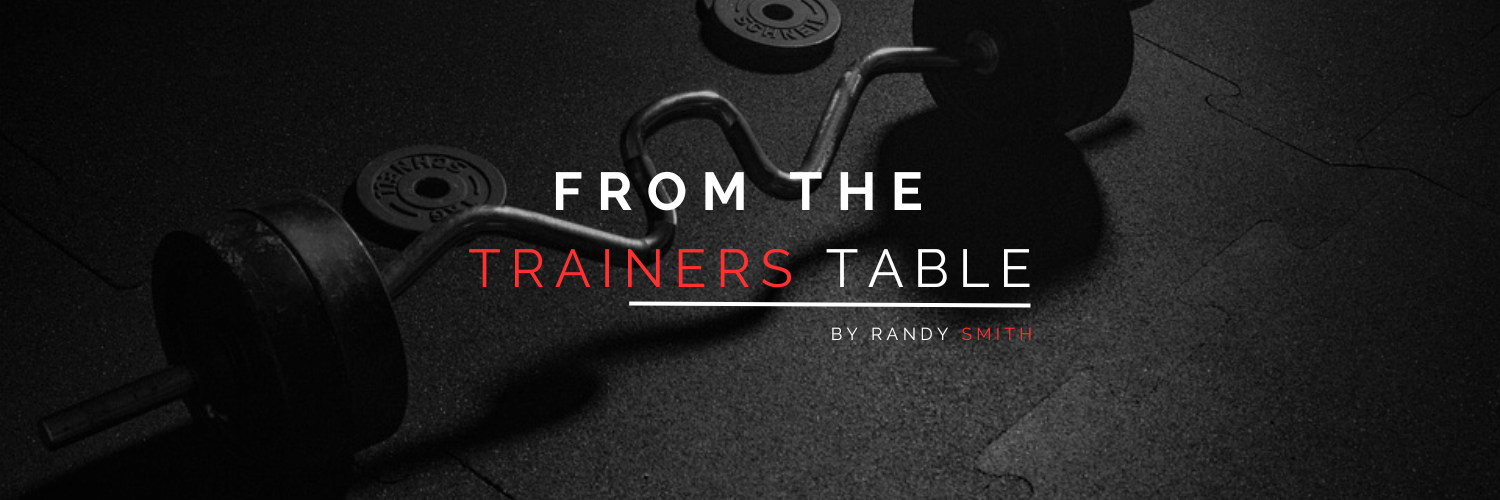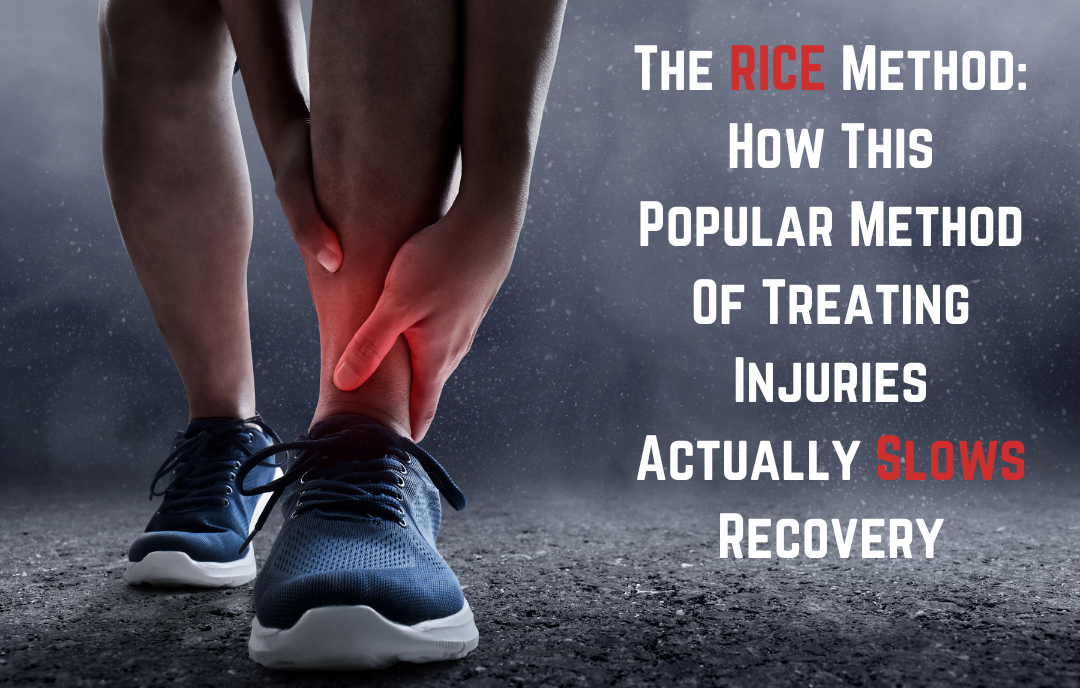The RICE method (Rest, Ice, Compress and Elevate) has been used to treat injuries since the 1970’s, when it was first coined by Dr. Gabe Mirkin MD. While this technique is now considered common practice for injuries and swelling, have you ever stopped and asked yourself; should we be icing?
Today, I want to answer that question and the answer may surprise you. Icing is one of the worst things you should be doing for an injury.
Icing an injury will trap waste, in and around the damage site. It prevents the natural flow of oxygen supply, and it can even cause additional damage. Since 2008, there have been four worldwide reviews and the conclusion of all those reviews are the same; icing is not beneficial.
So why – in the face of expert advice against the practice – do people still turn to ice to treat an injury or swelling? Usually, the goal when using ice is to numb the immediate pain, but this method will only relieve the pain for a moment and will not treat or take away the reason the injury hurts in the first place. The reason behind the pain is congestion; cells are suffocating and dying from the congestion and lack of circulation.
Instead of saying ‘how do I make it not hurt’, you should ask yourself, ‘what am I trying to do?’ Because what you should be trying to do is to try and prevent further loss and regenerate that which has been destroyed.
What further loss you may ask? The suffocating and the killing of perfectly healthy cells that were not involved in the initial trauma. In order to do that, we must decongest the area. We must understand that there is only one way for the waste to get out. The waste has to go back through the passive lymphatic system, which typically uses gravity to eliminate waste or compression, and the best way to achieve this is through muscle activation. This method will squeeze deep within the muscle, not just on the surface.
It is important to keep in mind that swelling is not a good thing or a bad thing, understanding this will drastically impact the way you treat it. Swelling is just the accumulation of waste at the end of the inflammatory cycle, which has not yet evacuated, that’s all it is. To evacuate it you just simply activate the muscles in and around the injured site and the passive lymphatic system will pass the waste through.
If you ice the injury, it will cause a back flow of the lymphatic vessels, which means the one-way valves in the lymphatic system will restrict and the waste will fall backwards into the interstitial space; this will make things worse and cause more swelling, not less. Putting the ice on delays healing, it causes more swelling, causes more damage and it shuts off the signals that alert you of harmful movements and you need those signals to protect you from harmful movement and you need the movement to solve the problem.
To heal from an injury, you must restore circulation, so how do we do that? The vessels – the network around the damage site – are destroyed, that’s what causes the bruising and/or bleeding. We must rebuild that network and it rebuilds by what is called angiogenesis which can be enhanced by activating the muscles in and around the damage site and pushing the blood through the arteries and the arterioles. This will cause sprouting angiogenesis which helps to rebuild that network around the damaged site.
Now that it is understood what you should be trying to do to heal an injury, we look back at the method of icing. Icing will not aid in the rebuilding of that network, in fact, it does the opposite. If we are going to correct people’s behavior, we must give them a new behavior in its place and lucky for us, there is one!
The better method for treating painful injuries and swelling is called active recovery. Let’s look back at the RICE protocol, Rest, Ice, Compression, and Elevate. Basically, this method ensures that you sit still; which slows down cardiac output and movement, you put ice on it; which slows down movement, you compress it; which slows down movement, and then you elevate; which practically stops movement.
The very nature of how you solve the problem of decongestion in an area and recapitalizing the tissue around the damage site is muscle activation. With the RICE method, you have stopped it. You have stopped circulation, and of course tissue begins to die. So in conclusion what does the RICE protocol produce? It traps the waste in and around the damaged site, it prevents the natural flow of oxygen supplies, it causes systemic disuse atrophy and it suppresses muscle regeneration, tissue regeneration.
Instead of ice, which we have evidently shown does not heal, and even hinders the healing process, we should be using the H-Wave technology, which is an electrical stimulation device intended to speed recovery, restore function, and manage chronic, acute or post-operative pain. Here is what it’s cleared to do:
- To prevent disuse atrophy.
- To restore local blood circulation.
- To maintain or increase joint range of motion.
Reorganizing the repair tissue is the biggest priority, if you don’t reorganize repair tissue, you are going to get adhesions, those adhesions are going directly affect the important functional movement. So, you must reorganize repair tissue in that remodeling phase, H-wave does that too. That tension you feel when you are injured; that pulling on the muscle, its functional movement, that’s the early stages of reorganization.
So, sitting around with a bag of ice tied to your leg won’t work to heal you, instead, it will work against you. One last note, the doctor who invented the RICE protocol, admitted it was wrong and that he made it up to help sell his book, go figure.
Tell us what you think; comment below and share this post with your friends!

